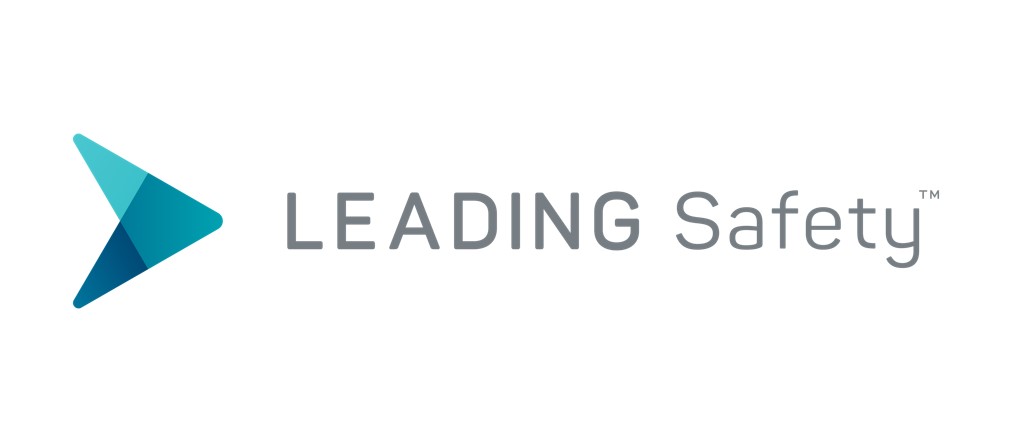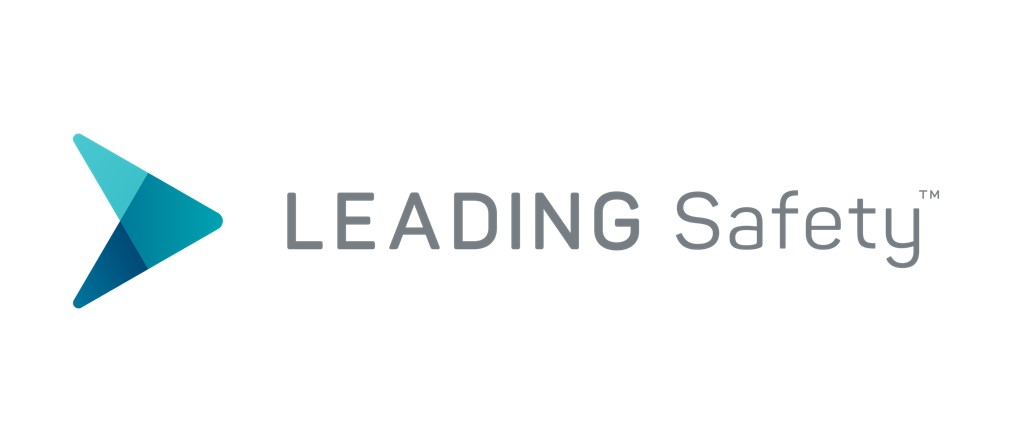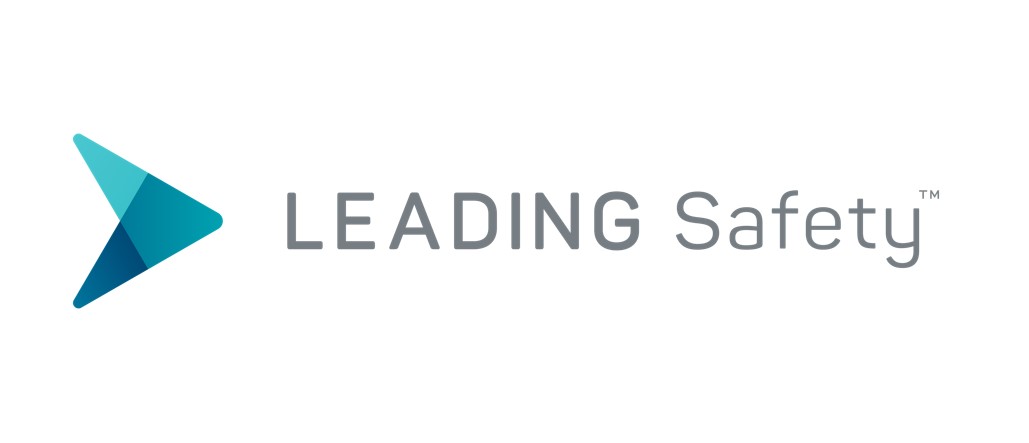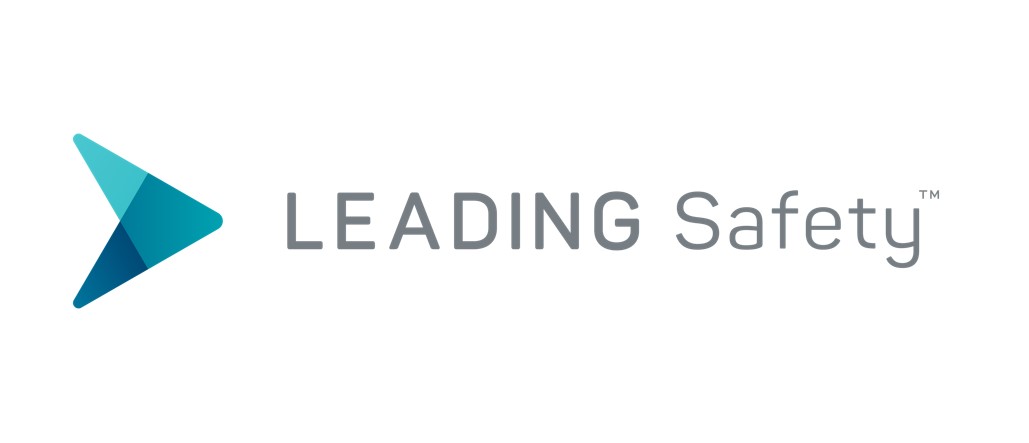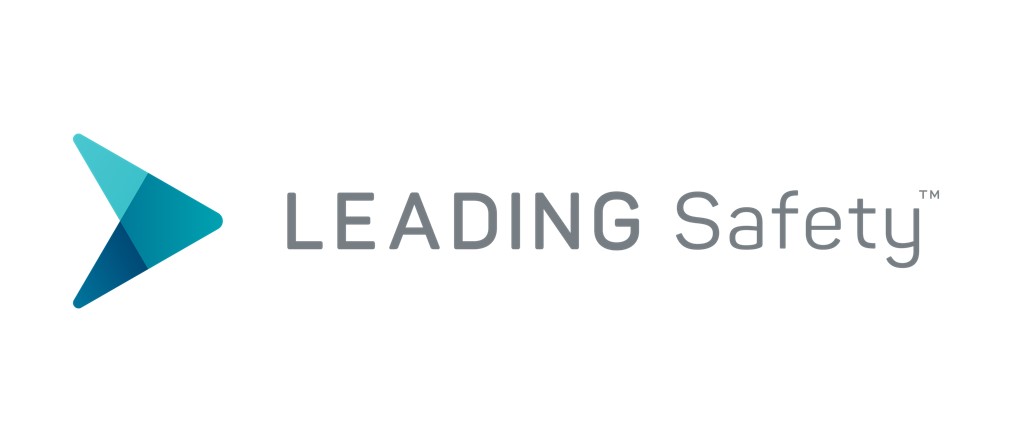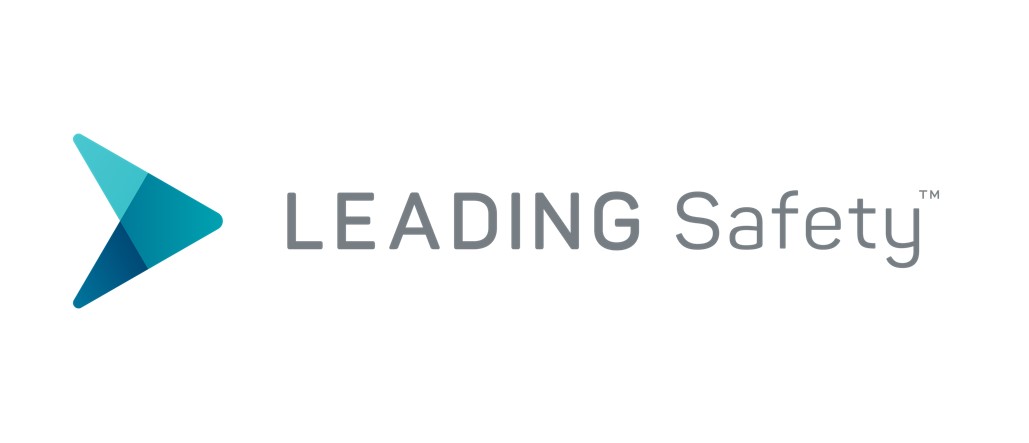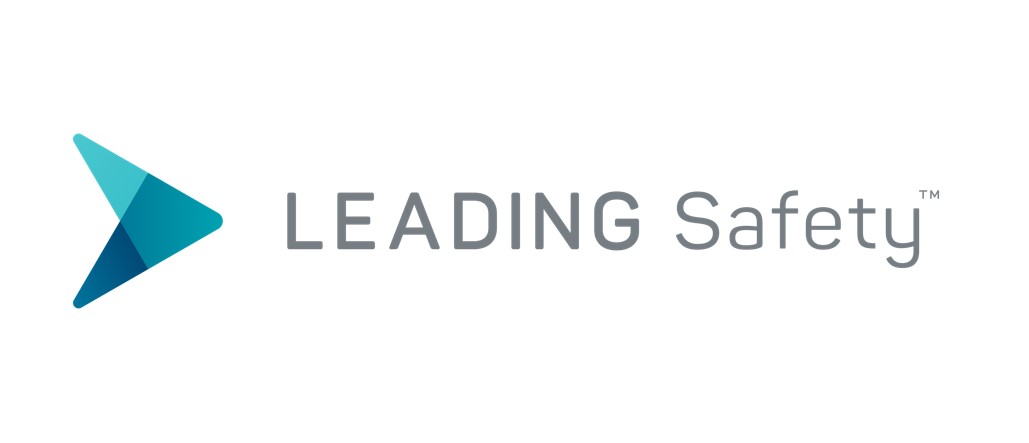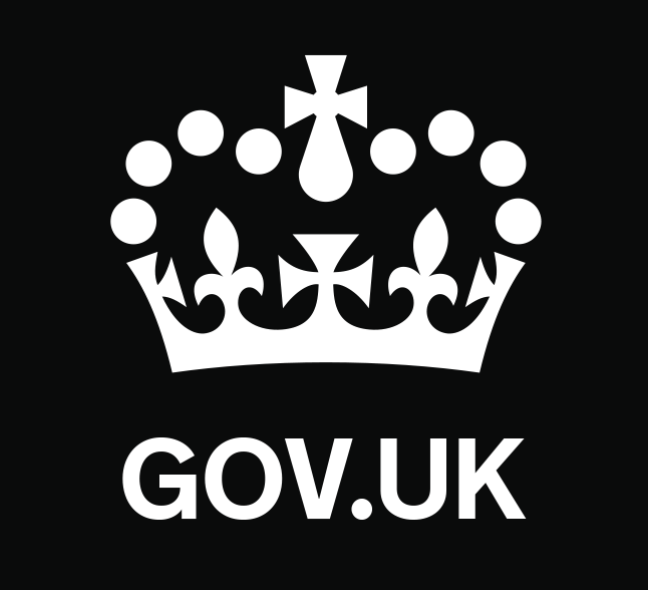Title Page
-
Site conducted
-
Conducted on
-
Manager completing risk focus verification
-
Manager has completed Leading Safely at Target training course
-
Verification must be led by member of management team up to date with Leading Safely at Target
Team members supporting manager
-
Add name of team member
Risk methodology
-
For each Hazard the following process has been applied to identify hazard, outline risk value and outline existing controls for verification.<br><br>Step 1. Identify Hazard and outline detail.<br>e.g. Risk of collapse of structure, crushing customer on sales floor.<br>e.g. Risk of laceration to customer / team member due to sharp edges of structure.<br><br>Step 2. Assign Risk Level based upon Risk Value with controls in place.<br>Severity – What is the most likely consequence/outcome that would result from the hazard?<br>Likelihood – What is the chance of an incident occurring and the chosen severity, being the outcome?<br><br>Step 3. Outline existing controls in place or already instigated <br>e.g. Redesign: Structure has been engineering and tested to hold minimum 250kg.<br>e.g. Elimination: Edges have been bevelled to eliminate sharp edges on unit.
-
Severity & Likelihood Table
-
Risk Table
-
Risk control table
Housekeeping (RA 003)
Housekeeping
-
Confirm all controls listed are in place. If control not in place, generate "Action" and close out
Housekeeping
Hazard (including outcome): Bruising and muscle strains through slips, trips and falls on slippery floors or cluttered walkways: Low - 3D
-
Site - Footwear and clothing requirements implemented and staff inducted on requirements.
-
Site - Team members are wearing approved uniform at all times. Including footwear that meets the following requirements.<br>- Fashionable and business-like but comfortable, black sturdy shoe with defined heel support of minimum height.<br>- Sole to provide good firm grip – supportive sole, preferably not smooth leather or slippery.<br>- Closed toe, with preference for a fully enclosed shoe to cover top of foot. <br>- Laced or strap shoe to hold the foot firmly within the shoe, especially for use when using steps and ladders.<br>- Shoes to be maintained in good condition and kept in a clean, tidy state. Damaged or holed shoes are not acceptable or to be worn in the workplace.<br>- Ballet flats are not considered to meet the above criteria.
Step / Topic - Equipment
Hazard (including outcome): Chemicals: Low - 4C
-
National - Least hazardous chemicals sourced for tasks and added to site chemical register.
-
Site: Site has verified site chemical register for chemicals used onsite. Material Safety Data Sheets (MSDS’s) and Risk Assessments are available within the site register.
Step / Topic - Cleaning-up small spills/drips chemicals. Putting stock, equipment and materials away
Hazard (including outcome): Chemical burns or skin irritation from contact/ inhalation: Low - 4C
-
Site - In an emergency, contact Emergency Services. Ensure Poison information hotline contact phone number is available on the noticeboard.
-
Site - Contents of spill kits are maintained. All cleaning equipment, safety signage and barricades are returned to their correct storage location after use.
Hazard (including outcome): Slips and trips from poor housekeeping: Low - 4C
-
Site - There is a designated location for equipment, chemical products and non-consumable materials (electrical cords, cartons, plastic wrap, and air hoses).
-
Site - There is a designated location for consumable materials and they are put away promptly when task is finished or is stopped (end of day, etc.).
-
Site - Floor is kept free of slip and trip hazards for example, stock, tape, string, pallet and carton strapping, curled mat or carpet edges, liquid spills, etc.
-
Site - Time is always allowed / scheduled for cleaning up.
Step / Topic - Performing tasks in areas where stock, equipment and materials have not been put away or disposed of properly.
Hazard (including outcome): Walking into protruding fittings or stock causing cuts and bruising: Low - 4C
-
National - Sites only supplied with approved fittings and fixtures.
-
Site - Only correct fittings are used. Stock is only stored within the virtual boundaries of shelving.
-
Site - Work and walking is always undertaken in a manner that allows a clear view/path.
Hazard (including outcome): Collisions due to vision impairment and stock encroaching on traffic thoroughfares. Outcomes ranging minor bruising to moderate injuries: Low - 4C
-
National - Reduction of national stock levels to minimise in store volumes.
-
Site - Stock levels are monitored and movements scheduled to keep quantities of stock etc within site capacities. There is an area clearly marked or otherwise identified for floor storage and if there is flexibility for overflow temporary storage.
Hazard (including outcome): Unable to access emergency exit or life saving equipment on account of materials in the way. Up to possibility of death: Medium - 1D
-
Site - At least 1 metre clearance is allowed around emergency exits, landings etc. and 2 metres around escalators/atriums, and at least 2 metres externally to exit.
-
Site - Aisles, exits and fire extinguishers are to be kept clear at all times. Stock levels monitored and movements scheduled to keep quantities within site capacities.
Hazard (including outcome): Struck by objects falling causing bruising and cuts: Low - 3D
-
National - Only nationally approved pallet and brownbuilt shelving installed in store. Load capacities placarded on shelving.
-
Site - Correct fittings are used at all times and as appropriate marked with load capacities.
-
Site - Items are stored within the stated load capacities of racking and shelving.
-
Site - Stock is stored within the virtual boundaries of racking and shelving.
Hazard (including outcome): Struck by objects falling over causing bruising: Low - 3D
-
Site - Empty pallets are stored flat, not resting on their sides.
-
Site - Brooms, ladders etc in storage are hung or lean out of the way when (temporarily) not in use in work areas.
Sign off
-
Manager sign off who is completing risk focus verification
-
Team member involved with consultation
Any other team member sign off involved with consultation
-
Team member involved with consultation
Manual handling (RA 006)
Manual handling
-
Confirm all controls listed are in place. If control not in place, generate "Action" and close out
Step / Topic - Packed pallets
Hazard (including outcome): Incorrectly packed pallets or unstable loads falling causing bruising, cuts and crush-type injuries: Medium - 3C
-
National - DC pallet standards implemented within Target Supply Chain. Standards in place to ensure stability maximised and weight limits in place. Receiving ladders supplied to all stores to assist with unloading received pallets.
-
Site - Team members provide prompt feedback (including photograph) to DC regarding any unstable or unsafe loads. Team members aware of the process to do this.
Step / Topic - Transporting pallets from storage to shelving
Hazard (including outcome): Pushing, pulling or carrying goods from storage to shelving causing musculoskeletal injury: Medium - 3C
-
Site - Team members are trained in and comply with Team Member Moving Safely Training.
-
Site - Team members are provided with pallet jacks / trolleys / scissor lifts for transporting loads.
Step / Topic - Placing Stock in Reserve Fixtures
Hazard (including outcome): Lifting, twisting, reaching, working above shoulders, and below knees causing musculoskeletal injury: Medium - 3C
-
National - Heavy and bulky standards communicated and enforced with supplier network for items over 10kg. Big and bulky items such as toy and swing sets are transferred to online sales with third party delivery.
-
Site - Most commonly accessed stock is placed between shoulder & knee height where possible.
-
Site - Team members are trained to avoid working for prolonged periods above shoulder and below knee height. Team members use equipment such as kneeling pad where provided when working on low shelving.
Step / Topic - Stock being moved up and down stairs
Hazard (including outcome): Carrying goods/items up and down stairs causing various multiple strains: Medium - 3C
-
Site - Team members always use a conveyor / lift where available to move items up and down stairs. If they are required to carry items up or down stairs, they reduce size and weight of item if practicable and ensure clear vision and path.
Step / Topic - Handling cages
Hazard (including outcome): Pushing, pulling cages causing low back, shoulder strains: Medium - 3C
-
National - Conversion of use of black cages to silver cages. Refer to separate risk assessments for cages control.
-
Site - Team members only push 1 loaded cage at a time.
Step / Topic - Preparing Apparel
Hazard (including outcome): Preparing apparel for selling floor, involving repetitive movement & forces for clip hanger and hanging lingerie: Low - 4C
-
Site - Team members do not overload apparel trolleys.
-
Site - Trolleys in good condition and are tagged out of service when faulty.
Step / Topic - POS Scanning and Packing
Hazard (including outcome): Processing of sales for customer - repetitive POS processing. Repetitive packing, especially at peak periods: Low - 4C
-
Site - Team members are rotated off registers where possible during peak trading periods to vary work postures and forces.
-
Site - Regular rest/pause breaks and rotation is in place for team members conducting repetitive tasks.
-
Site - Stretch prior to starting any tasks requiring manual force (i.e. lifting) if team member has been in a static posture for any length of time.
Step / Topic - Parcel pick up area
Hazard (including outcome): Customer parcel pick up – Lifting & handling goods for customer causing sudden musculoskeletal injury: Low - 4C
-
Site - Parcel pick up signage is installed in parcel pick up area and is clearly visible and team members follow requirements.
-
Site - Only items that meet the stated requirements are loaded into customer vehicles.
-
Site - Team members have been given the right to refuse loading an item into a customer’s car, if it poses a serious risk.
Sign off
-
Manager sign off who is completing risk focus verification
-
Team member involved with consultation
Any other team member sign off involved with consultation
-
Team member involved with consultation
POS Scanning & Packing (RA 020)
POS Scanning & Packing (Registers)
-
Confirm all controls listed are in place. If control not in place, generate "Action" and close out
Step / Topic - Working environment
Hazard (including outcome): Customer aggressive behaviour may cause employee stress-related symptoms: Medium - 3C
-
Site - Team members trained in and comply with Target procedure and follow Personal Safety training requirements for managing aggressive customers (i.e. Detect, De-escalate, Disengage).
-
Site - Incident reports are completed in the event of a threatening situation occurring.
-
Site - Employee Assistance Program is offered to all team members who are impacted from a threatening situation occurring. Security measures in place for site are appropriate.
Step / Topic - Reaching, scanning and packing items.
Hazard (including outcome): Awkward postures, reaching and lifting of heavy objects at the POS station causing low back, shoulder and neck muscle strains: Low - 4C
-
Site - Team Members comply with moving safely training for registers (e.g. Don’t overreach, packing bags of suitable weight, use power grip, move feet to turn).
Hazard (including outcome): Static posture muscle fatigue and muscle strains from repetitive or high force scanning and packing: Low - 3C
-
Site - Team members are encouraged to move around particularly when not serving customers.
-
Site - Team members are rotated between POS and other duties where possible.
-
Site - Double thick carpet or anti-fatigue matting is installed to all register locations and is in good condition with beveled edges to prevent trips.
Hazard (including outcome): Eye fatigue due to extended focusing on POS monitor: Medium - 3C
-
Site - Scanning monitors are aligned to minimise glare.
Sign off
-
Manager sign off who is completing risk focus verification
-
Team member involved with consultation
Any other team member sign off involved with consultation
-
Team member involved with consultation
Electrical Equipment - Handling (RA 018)
Electrical Equipment - Handling
-
Confirm all controls listed are in place. If control not in place, generate "Action" and close out
Step / Topic - Using, maintaining, cleaning electrical equipment
Hazard (including outcome): Electrical exposure: Medium - 1D
-
National - National facilities implemented preventative maintenance program for electrical equipment including thermal scanning for switchboards and test/tagging in accordance with AS 3760.
-
Site - No non-authorised equipment is on site. Double adaptors are not used onsite.
-
Site - Ensure any extension cords used on site are tested tagged and are rated Heavy Duty. Any extension leads should be used on a temporary basis only and ensure they do not create a trip hazard by taping securely to the floor or supply from overhead that is supported by a chain or other means.
-
Site - Never attempt to repair any electrical equipment. Always use licensed contractors to repair equipment. Do not access, unplug or touch any electrical wiring under registers and benches. If a fault is detected report it to your Line Manager so that repair can be arranged. Apply “out of service” tag immediately and plug lock.
-
Site - Any form of electric exposure is reported and team members required to undertake medical attention immediately.
-
Site - Electrical leads are kept from areas where work being undertaken may damage electrical leads, for example cutting using a knife.
-
Site - Portable RCDs (i.e. safety switches) used for portable or hand held electrical equipment (see photo below). This includes cleaner’s electrical equipment such as vacuum cleaners.
-
Site - Portable RCDs (i.e. safety switch)
-
Site - Another portable RCDs (i.e. safety switch)
-
Site - Restrict (locked doors) access to switchboard cabinets and Plant Rooms.
-
Site - Do not run leads across floors where they may be traversed and cut or damaged by heavy or sharp loads or run them adjacent to sharp edges.
-
Site - Do not permanently hang leads without a supporting chain. Electrical equipment is never saturated or submerged. Electrical equipment is never turned on or off with wet hands or gloves.
-
Site - Sites only purchase approved equipment for example ordered through the store ordering system or the maintenance department.
Sign off
-
Manager sign off who is completing risk focus verification
-
Team member involved with consultation
Any other team member sign off involved with consultation
-
Team member involved with consultation
Cash Transfer (RA 005)
Cash Transfer
-
Confirm all controls listed are in place. If control not in place, generate "Action" and close out
Step / Topic - Manual Handling Safety
Hazard (including outcome): Moving and handling cash bags causing low back, arm, shoulder or neck strains: Low - 3D
-
Site - Cash Trolley used or mechanical means of cash trolleys correctly loaded.
Step / Topic - Removing blocked cash tubes
Hazard (including outcome): “Drawing in” hazard may cause muscle strain or superficial bruising of limb when using Cash Tubes: Low - 4C
-
Site - Signage erected on cash tubes re: “do not place hands in chute”. Carrier Tube mass is no greater than 500g. If carrier tubes are faulty, Team Members do not use and are tagged out of service.
Step / Topic - Transporting change between register and bulk change draw
Hazard (including outcome): Armed hold up causing staff stress and capital loss risks: Medium - 3C
-
Site - Where cash bags are used, replace with bags of a different colour as calico bags are often associated with cash. Two key system implemented for accessing change trolley (Team members don’t physically carry key when transporting trolley).
-
Site - Maintenance processes are readily available to resolve any identified issues with the cash tube system. One team member travelling with the cash trolley is over 21 years of age.
Step / Topic - Cash Transfer
Hazard (including outcome): Snatch and grab causing staff distress and capital loss: Medium - 3C
-
Site - Register trays are kept in drawers while cash clearance is performed.
Hazard (including outcome): Weight of change causing muscle strains: Low - 3D
-
Site - Cash transfer value per register does not exceed specified amount.
Step / Topic - Cash Safe
Hazard (including outcome): Opening or Closing safe door on limb causing ‘crushing’ injuries that may result in bruising, cuts or amputation: Medium - 2D
-
National - Safe condition has been added to Site Hazard Inspection Checklist to check for condition including doors and shelving.
-
Site - Safes are fitted with suitable handles, where appropriate, to prevent crushing.
Hazard (including outcome): Safe toppling over causing serious crushing injuries: Medium - 1D
-
Site - There is adequate room in the cash office for the full swing of the safe door (minimum of 180 degrees for door opening).
-
Site - Team member is trained to always maintain control of the safe door when opening and closing.
-
Site - Placard is available on or around the safe to advise that the door is heavy, do not swing door shut, use handle and keeps hands clear at all times.
-
Site - Team members do not slam the safe door closed.
Sign off
-
Manager sign off who is completing risk focus verification
-
Team member involved with consultation
Any other team member sign off involved with consultation
-
Team member involved with consultation
Workplace lighting (RA 276)
Workplace lighting
-
Confirm all controls listed are in place. If control not in place, generate "Action" and close out
Step / Topic - Working in illuminated areas
Hazard (including outcome): Glare, contrast, colour or lighting levels making standard work methods unsafe: Low - 3D
-
Site - Faulty lights are identified and logged for replacement or repair.
-
Site - Light levels are suitable in the site to safely perform tasks.
-
Site - Any lighting related hazards including security related issues are escalated for further investigation.
Sign off
-
Manager sign off who is completing risk focus verification
-
Team member involved with consultation
Any other team member sign off involved with consultation
-
Team member involved with consultation






